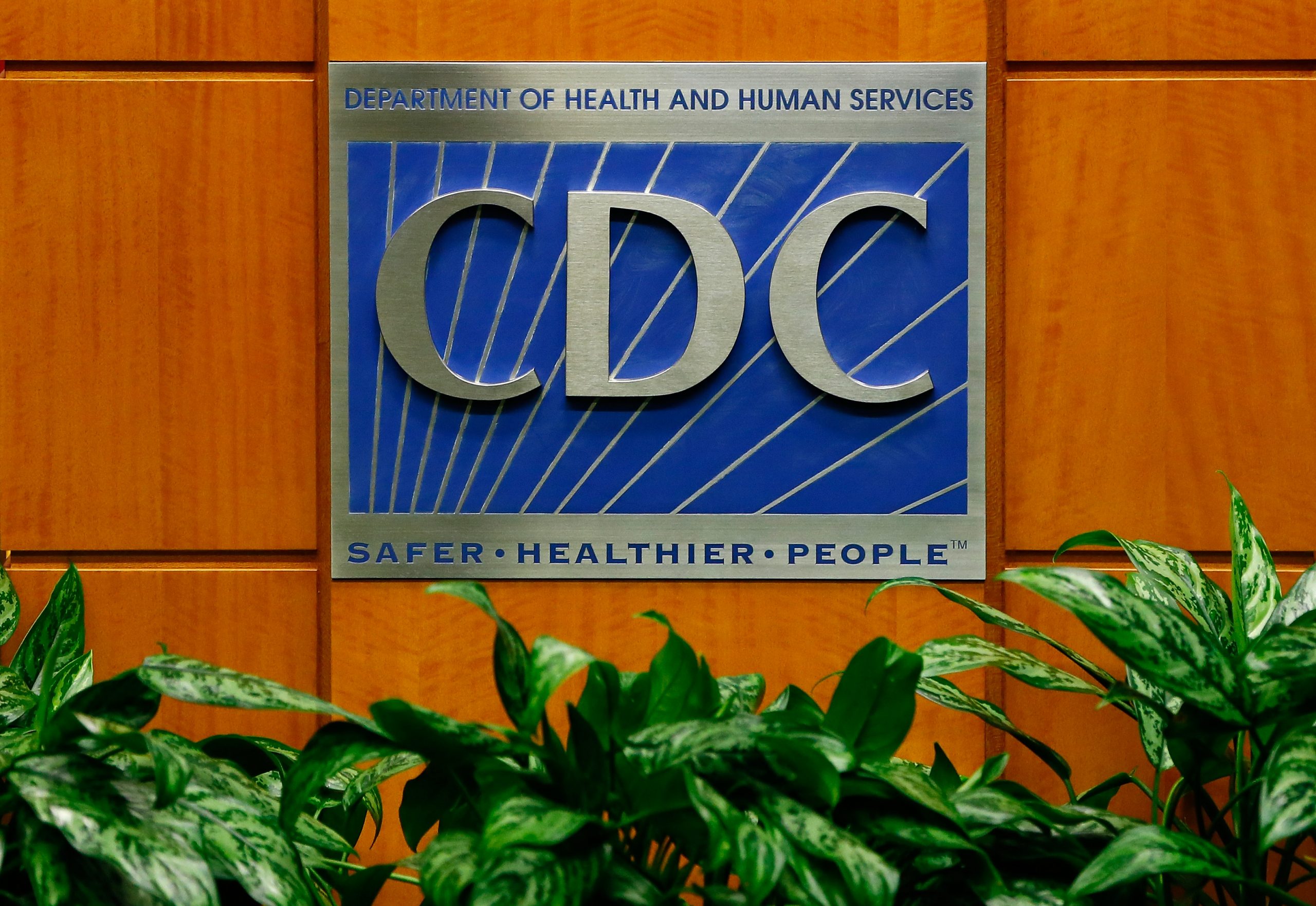The US Centers for Disease Control and Prevention (CDC) has updated its immunization schedule for children and adults. Among other changes, the one that stood out was the addition of COVID-19 vaccines to the routine list.
The proposed changes were recommended by the Advisory Committee on Immunization Practices or ACIP and signed by the CDC. The updated vaccine recommendations for children, adolescents, and adults are not requirements for schools or workplaces. Vaccination requirements for schools are decided by state or local jurisdictions.
Published in the CDC’s Morbidity and Mortality Weekly Report, major changes in the vaccine schedule include the incorporation of the COVID-19 primary vaccine series and booster doses; updates on influenza and pneumococcal vaccines usage; and new vaccines for measles, mumps, and rubella (MMR) and for hepatitis B.
“This means the COVID-19 vaccine is now presented as any other routinely recommended vaccine and is no longer presented in a special “call out” box as in previous years. This, in a sense, helps ‘normalize’ this vaccine and sends a powerful message to both healthcare providers and the general public that everyone ages 6 months and older should stay up to date with recommended COVID-19 vaccines (including a booster, when eligible), just as they would with any other routinely recommended vaccine,” Dr. Neil Murthy and Dr. A. Patricia Wodi said, CNN reported.
Against the backdrop of the recent measles outbreak in Ohio that has ended, the schedule also suggested additional doses of MMR vaccine during a mumps outbreak. The administration of inactivated poliovirus vaccine was also recommended in adults who are likely to be exposed to the virus.
“There were lots of questions about whether an additional dose of polio vaccine was appropriate, and this just opens the door for the use of another dose of inactivated virus, that is injectable polio vaccine, in those circumstances where, for example, a local health department in concert with the CDC might recommend that,” Schaffner, who is a member of CDC’s vaccine advisory committee, said, according to the outlet.
Additionally, the use of PCV15, a recently approved pneumococcal conjugate vaccine used to treat bacterial infection in children has also been added to the list. Now, either PCV13 or PCV15 may be used in accordance with the specific pediatric population.
Special attention is being paid to vaccine coverage in kindergarteners since it fell to 93% for required vaccines. The figure is two percentage points below the 95% target set by the US Department of Health and Human Services in the Healthy People project.
“Why is that a matter of concern? Because it opens up opportunities for these viruses and other germs to be reintroduced into the United States and to cause outbreaks of disease. The recently concluded measles outbreak in Ohio is an example, the introduction of the poliovirus into New York is an example, and we need to keep our guard up,” said Schaffner.
The decline in vaccine coverage is being pinned on the healthcare disruptions due to the COVID-19 pandemic.
















